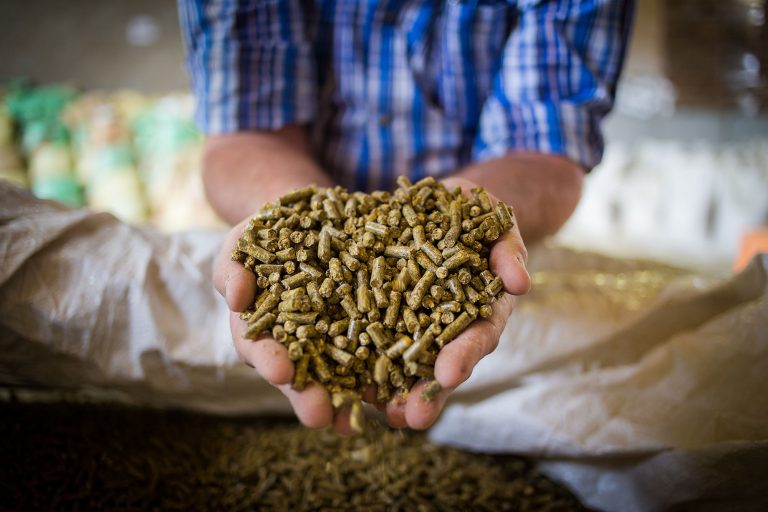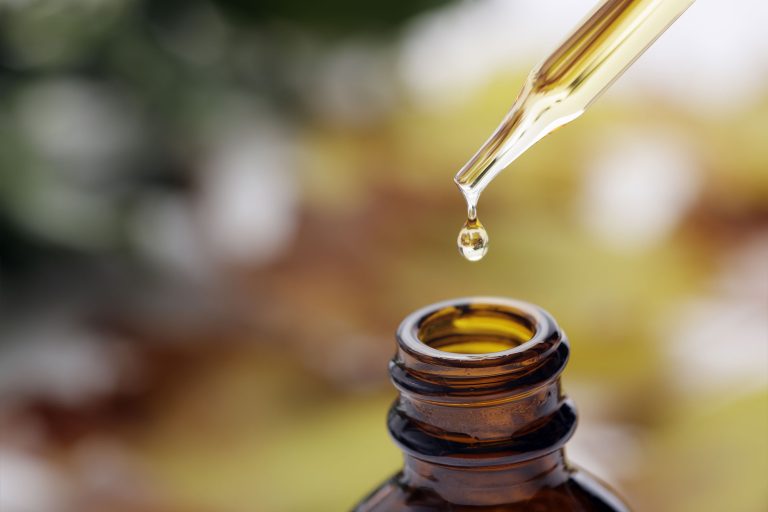Benefits of black soldier fly larvae
Black soldier fly larvae (BSFL) are increasingly recognized as a valuable source of protein for animal feed.
Essential nutrients
They offer a rich profile of essential nutrients, making them suitable for various animal species, including poultry, pigs, fish, and pets.
Rich in protein
BSFL are rich in protein, with content ranging from 33% to 63%, depending on the larvae’s diet and processing methods.
Antimicrobial properties
They have antimicrobial properties that help control harmful bacteria such as Salmonella and Escherichia coli.
Environmentally sustainable
BSFL are environmentally sustainable,reducing crop residues and lowering the environmental footprint of animal feed production.
Our products
We exist to do a few things as well as we can. First, we take agricultural and food byproduct residues, and we reduce their climate change causing emissions by turning them into useful products that the world needs.
Protein for feed
Black soldier fly larvae (BSFL) are increasingly recognized as a valuable source of protein for animal feed. They offer a rich profile of essential nutrients, making them suitable for various animal species, including poultry, pigs, fish, and pets.
Read more
Oil for animal feed
Black Soldier Fly (BSF) larvae oil is emerging as a promising alternative ingredient for animal feed due to its nutritional benefits and sustainability.
Read more
Fertiliser for agriculture
Black soldier fly frass (BSF frass) is a co-product of the black soldier fly larvae rearing process. It consists of larval excrement, shed exoskeletons, and undigested feed residues.
Read more
Biomaterials
Chitin is found in the exoskeleton of BSF, which is the second most abundant natural biopolymer after cellulose. Chitosan is produced by deacetylation of chitin under alkaline conditions, making it both soluble and versatile.
Read more
